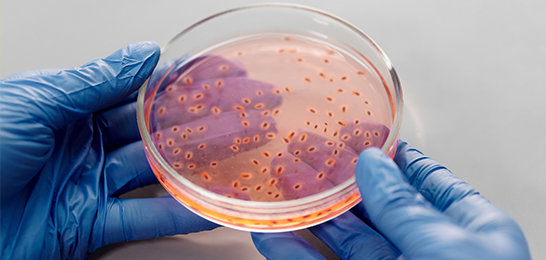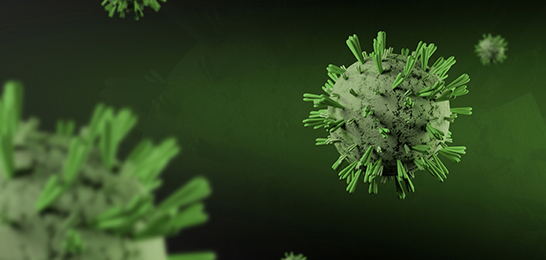Published Date: Oct 05 2023
In the intricate landscape of biomedicine, one protein has emerged as a transformative force – recombinant human epidermal growth factor (rhEGF). This remarkable molecule has captivated the attention of researchers, clinicians, and the biotech industry due to its profound effects on cellular growth, wound healing, and therapeutic interventions. In this article, we'll explore the world of rhEGF, delving into its significance, applications, and the promise it holds for the future.
Unveiling the Role of Recombinant Human Epidermal Growth Factor
At its core, recombinant human epidermal growth factor is a signaling protein that plays a critical role in cellular communication and tissue repair. Its ability to stimulate cell growth, division, and differentiation makes it a vital factor in processes ranging from embryonic development to wound healing in adults. The production of rhEGF begins with genetic engineering – a modern marvel that enables the manipulation of living organisms to produce specific proteins. The gene responsible for encoding human epidermal growth factor is isolated and inserted into host organisms, often bacteria or yeast. These hosts become factories for the mass production of the recombinant protein. This innovative process ensures a reliable and scalable supply of rhEGF for research and therapeutic applications.
Applications in Biomedicine
One of the most promising applications of rhEGF lies in wound healing and tissue regeneration. By stimulating cell proliferation and migration, rhEGF can expedite the natural healing process. This potential has profound implications for chronic wounds, diabetic ulcers, and post-surgical recovery, offering hope for faster and more effective healing. In cancer biology, rhEGF has garnered attention for its role in tumor growth and progression. This growth factor's ability to stimulate cell division could be harnessed for targeted therapies or diagnostic tools. However, its intricate relationship with cancer underscores the need for rigorous research to fully understand its implications in oncology.
Future Possibilities
The properties of rhEGF hold promise for enhancing drug delivery systems. By attaching therapeutic agents to the growth factor, researchers can potentially create more targeted and effective drug formulations. This innovation could revolutionize the way we administer medications, optimizing their impact and reducing side effects. Exploring the effects of rhEGF on neurological disorders is an emerging area of research. With its ability to influence cell growth and survival, researchers are investigating its potential in promoting neurogenesis and aiding in the treatment of conditions such as Alzheimer's and Parkinson's diseases.
Recombinant human epidermal growth factor has undoubtedly left an indelible mark on biomedicine. Its multifaceted applications, from wound healing to potential cancer therapies, are driving research and innovation across various fields. As technology advances and our understanding deepens, the potential for rhEGF to reshape the way we approach healing, disease management, and therapeutic interventions is both exciting and promising. With ongoing discoveries, we may witness the evolution of rhEGF from a protein of interest to a cornerstone of medical progress.









